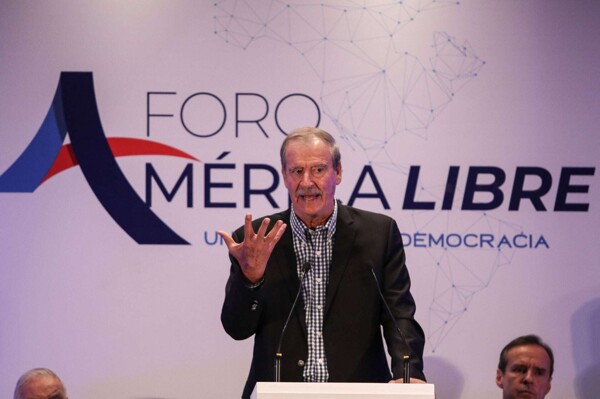At the end of 2023, Mexico operated 331 penitentiary centers, distributed among federal, state, and specialized facilities. The majority of inmates, 91.1%, were housed in state facilities, while only 8.9% were in federal penitentiary centers. The prison population was mostly composed of men (94.3%), while women represented 5.7%.
According to the World Prison Brief, by 2024 the occupancy of these centers had already exceeded 104%, indicating considerable overcrowding. At the end of 2023, the National Institute of Statistics and Geography (INEGI) reported that 233,277 people were deprived of liberty in Mexico, of which 232,003 were adults and 1,274 were adolescents.
The penitentiary infrastructure faces significant challenges, as many centers operate with a population above their capacity. With 86,984 inmates in preventive detention in 2023, it reflects a system that still cannot efficiently process detainees. Although reductions in serious crimes, such as homicides and femicides, have been achieved, this also implies a higher number of detainees and additional pressure on prisons.
The National Security Strategy has had positive results in the fight against organized crime, leading to significant seizures and arrests. However, this success also poses a challenge for the penitentiary system, as an increase in the incarcerated population is expected. The gender disparity in Mexican prisons, with an overwhelming majority of men, remains a challenge for penitentiary systems.
One of the main problems of the Mexican prison system is the high number of detainees who have not yet received a final ruling. This situation creates an overload in detention centers and raises questions about the efficiency of the judicial process in the country.














